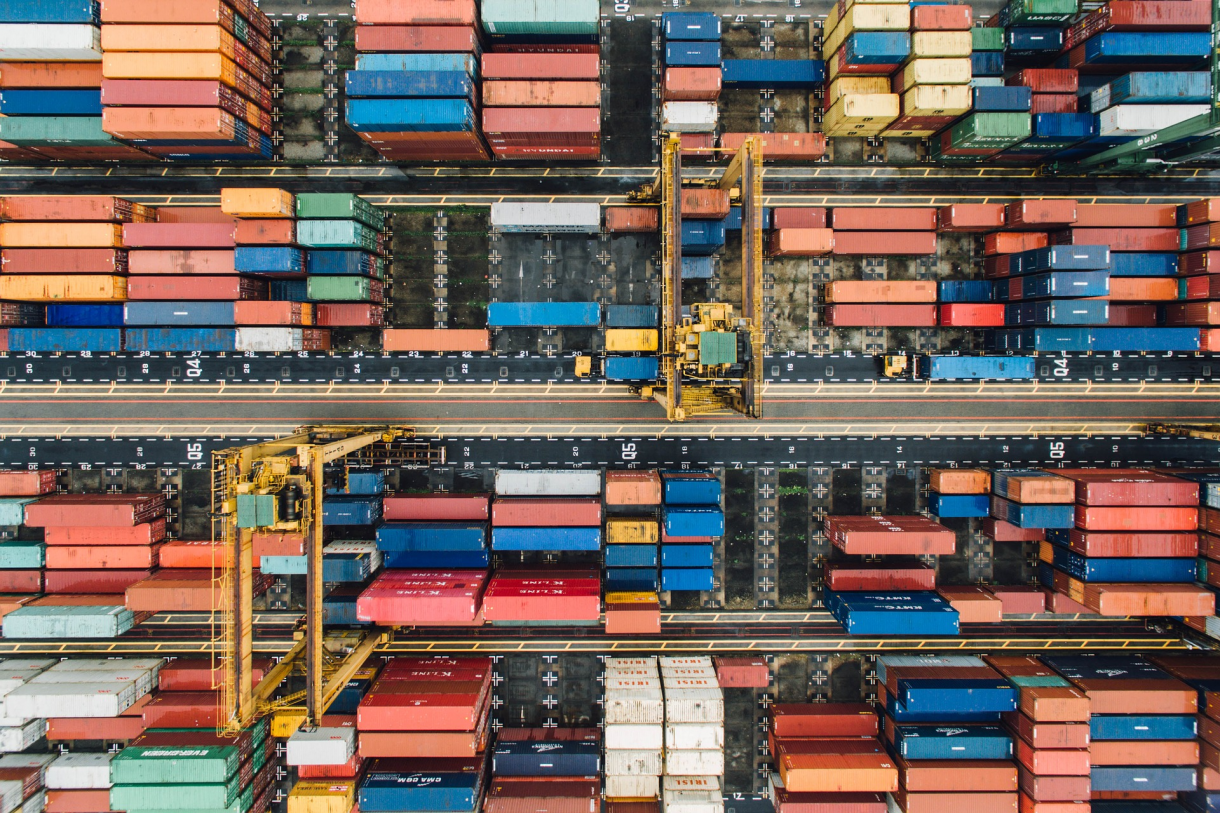
Share this Post
According to the European Commission (EC), before the pandemic outbreak, at least 34 million Europeans could not heat their homes adequately in the winter, and 30.3 million people could not afford to pay utility bills, such as energy bills. These issues already have powerful implications today from a public health or productivity point of view. In the meantime, floods and fires in the summer of 2021 have again shown us that the most socially fragile elements of our societies are the first affected by climate warming (OXFAM 2020). Moreover, not all of the European Union (EU) countries face the same level of energy poverty. For example, more than 20% of the population has difficulty heating their homes in Portugal, Bulgaria, and Lithuania. In contrast to Sweden or the Netherlands, the problem of energy poverty is much smaller. How can these differences be explained? How can Europe find consistent solutions and responses among countries with such different backgrounds?
Historical background
Long neglected, the issue of energy poverty has now become the top priority of the European political agenda. The European Commission took upon this case over the last ten years under the pressure of researchers and civil society organizations. The consensus around the importance of addressing this structural phenomenon was in 2015-2018; discussions around an Energy Union, a European strategy to ensure affordable, secure, and sustainable energy (Bouzarovski, Thomson, and Cornelis 2021).
The Energy Union strategy has modernized the European regulatory framework for CO2 emissions, renewable energies, and consumer protection. In the meantime, the European Union has also launched the first observatory explicitly dedicated to the struggle against energy poverty and numerous pilot projects. The definition and understanding of energy poverty have been anchored around people who cannot afford to meet their energy needs, due to three factors: high energy costs, low income, and inefficient energy housing. Through the Energy Union’s legislative package (known as the “Clean Energy for All” Package), finalized in 2019, EU Member States have started monitoring the number of people affected and specifically describe structural or ad-hoc measures (such as targeted retrofitted programs, or special tariffs for specific categories of vulnerable consumers). Some countries like France, were already doing this with its Observatory for Energy Poverty which was launched in 2010 (Cornelis 2021). However, for many other countries, this “Clean Energy for All” idea seemed like a novelty. The latter considered, for example, that energy poverty was only a marginal, social problem that did not specifically fall within the scope of energy policies and had little to do with the functioning of the energy and housing markets. Thus, with the Clean Energy for All Package, the European Union has given itself essential tools to monitor the effectiveness of the Member States’ policies and establish objectives for reducing energy poverty (Bouzarovski et al. 2020).
Changes since 2019
In 2019, the European Commission decided to go further and proposed a Green Deal to make the economy resilient towards environmental and social emergencies. In the meantime, the Yellow Vests crisis had hit France which had shown that the ecological transition could not be done without the support of the people. In the spring of 2020, as the world was hit hard by the COVID-2019 pandemic, the European Commission saw a unique opportunity to focus its economic recovery program on transforming its economy around green and sustainable development and meeting the needs of its comparatively wealthy, yet aging population. Hence, instead of addressing energy poverty in opposition to the ecological transformation of our economies, the Commission aims to pave the way to a genuine and inclusive “just transition” that heals the planet and the people as well. This would be done through structural solutions: such as higher paying jobs, quality housing, consuming less energy that is also decarbonized, more affordable utility bills, and greater physical comfort. The European Union would become the undisputed leader in addressing climate change while preserving the well-being of its population.
The EU has set up binding long-term climate objectives (net greenhouse gas emissions by at least 55% by 2030 and climate neutrality by 2050) through its first ever European Climate Law in the spring of 2021. Europe must prioritize energy efficiency to reduce its energy and carbon footprint, in particular in the building and housing sectors, which are also essential social imperatives. Buildings are responsible for more than a third of CO2 emissions and 40% of the EU’s energy consumption. Apart from 85% of the EU’s building stock which was built before 2001, most buildings will still be standing in 2050. But the quality of buildings are decaying: the current level of retrofit is lagging at 1% per year. Hence, the European Union is now seeking to stimulate the Member States’ commitment and participation and is putting in place a series of measures to bring the performance levels of the South closer to those of Northern Europe. In the fall of 2020, the European Commission issued a Communication on the Renovation Wave and its Recommendation for Member States on addressing energy poverty. These documents aim to boost a reliable and consistent commitment from all stakeholders ,starting with national political forces, energy and construction companies, banks, and (social) organizations working on the land.
Latest Developments
The European Union is now considering its own policy and budget instruments to boost its climate policy and help the most vulnerable households. The Commission presented in the summer of 2021 new legislative proposals to make Europe’s transition “fair, green and competitive”, the “Fit-for-55” package. This package includes a series of energy efficiency measures that seek to reach out to vulnerable and energy-poor households. The proposal also includes the first (incomplete) official definition of energy poverty (“a household’s lack of access to essential energy services that underpin a decent standard of living and health, including adequate warmth, cooling, lighting, and energy to power appliances, in the relevant national context, existing social policy and other relevant policies” (Article 2 (49), and to broaden the understanding of vulnerability to be more inclusive of systemic discrimination (such as “sex, gender, age, disability, race or ethnic origin, sexual orientation, religion or belief”). The European Commission also proposes to dedicate part of the funds from carbon emission trading (ETS) collected from the extra funds of the building and transport sectors to be spent on energy efficiency actions for households in difficult situations.
Outlook
The new Social Climate Fund has already raised the wrath of energy poverty organizations, decrying the amount of the fund as too low compared to the distributional effect that the expansion of the ETS could have on the most vulnerable populations. Many sources quote an increase of EUR 429 per year on average per household. Several Member States could also oppose the extension of the ETS and, therefore, this new fund, especially since many of them are currently implementing measures to reduce VAT or general energy taxes to compensate for the increase in energy costs due to the massive hike in gas prices in the fall of 2021. In October 2021, the European Union shared a series of measures that Member States may decide to adopt to limit the impact of the gas price surge on households while respecting the EU law and common competition measures.
Overall, political discussions will be challenging because energy poverty is a subject that goes beyond the traditional prerogatives of the European Union. Energy poverty affects the social sphere directly and the social policies of the Member States. But the stakes are high. Poverty and inequality have increased with the COVID-19 pandemic, while global warming has not slowed down. Therefore, energy poverty, this social time bomb, must be addressed as soon as possible.
References
Bouzarovski, Stefan et al. 2020. Towards an Inclusive Energy Transition in the European Union: Confronting Energy Poverty amidst a Global Crisis Third Pan-EU Energy Poverty Report of the EU Energy Poverty Observatory ENERGY POVERTY. https://www.energypoverty.eu/sites/default/files/downloads/observatory-… (October 1, 2021).
Bouzarovski, Stefan, Harriet Thomson, and Marine Cornelis. 2021. “Confronting Energy Poverty in Europe: A Research and Policy Agenda.” Energies 14(4). https://www.mdpi.com/1996-1073/14/4/858
Cornelis, Marine. 2021. “Access to Justice and Energy Poverty in France.” In Access to Justice for Vulnerable and Energy-Poor Consumers, Hart Publishing. https://www.bloomsbury.com/uk/access-to-justice-for-vulnerable-and-energypoor-consumers-9781509939435/
“Eurostat – Data Explorer.” https://appsso.eurostat.ec.europa.eu/nui/show.do?dataset=ilc_mdes01&lan… (October 25, 2021).
OXFAM. 2020. OXFAM Media Briefing Confronting Carbon Inequality in The European Union Why the European Green Deal Must Tackle Inequality While Cutting Emissions. www.oxfam.org (October 25, 2021).
Further Reading
- Defard Camille. 2021. A Social Climate Fund for a Fair Energy Transition, Institut Delors https://institutdelors.eu/publications/a-social-climate-fund/ (October 25, 2021)
- ENGAGER. EP Pedia – The world’s first dedicated online encyclopedia on energy poverty. https://www.eppedia.eu (October 25, 2021)
- Regulatory Assistance Project and Right to Energy Coalition. 2020. Right to Energy Coalition. Who’s to Pay? Splitting the Bill for a Just Energy Transition https://righttoenergy.org/wp-content/uploads/2020/05/whos-to-pay-splitting-the-costs-of-the-transition-1-1.pdf (October 25, 2021)
- Sunderland Louise, Santini Marion, Rosenow Jan. 2021. Fit for 55: Aligning European policy for decarbonised heat in buildings, RAP Online https://www.raponline.org/knowledge-center/fit-for-55-aligning-european-policy-for-decarbonised-heat-buildings/ (October 25, 2021)
- Tubiana, Laurence. 2021. The Green Deal is the New Social Contract, Groupe d’études géopolitiques https://geopolitique.eu/en/2021/09/28/laurence-tubiana-green-deal/ (October 25, 2021)
The opinions expressed in this text are solely that of the author/s and do not necessarily reflect the views of IPPI and/or its partners.
Share this Post

What is the EU’s Carbon Border Adjustment Mechanism (CBAM)?
Varying levels of ambition in different regions of the world can become a serious obstacle to upholding a…

The Quantum Internet: A Network for All?
From optimizing production in manufacturing, to allocating hospital beds, to operating door entry systems of smart buildings, the…

Examining the reach of the EU's Digital Services Act: How will it affect non-EU jurisdictions?
When online users in Tel Aviv, Mexico City, Delhi today go to their preferred global news website, they…
